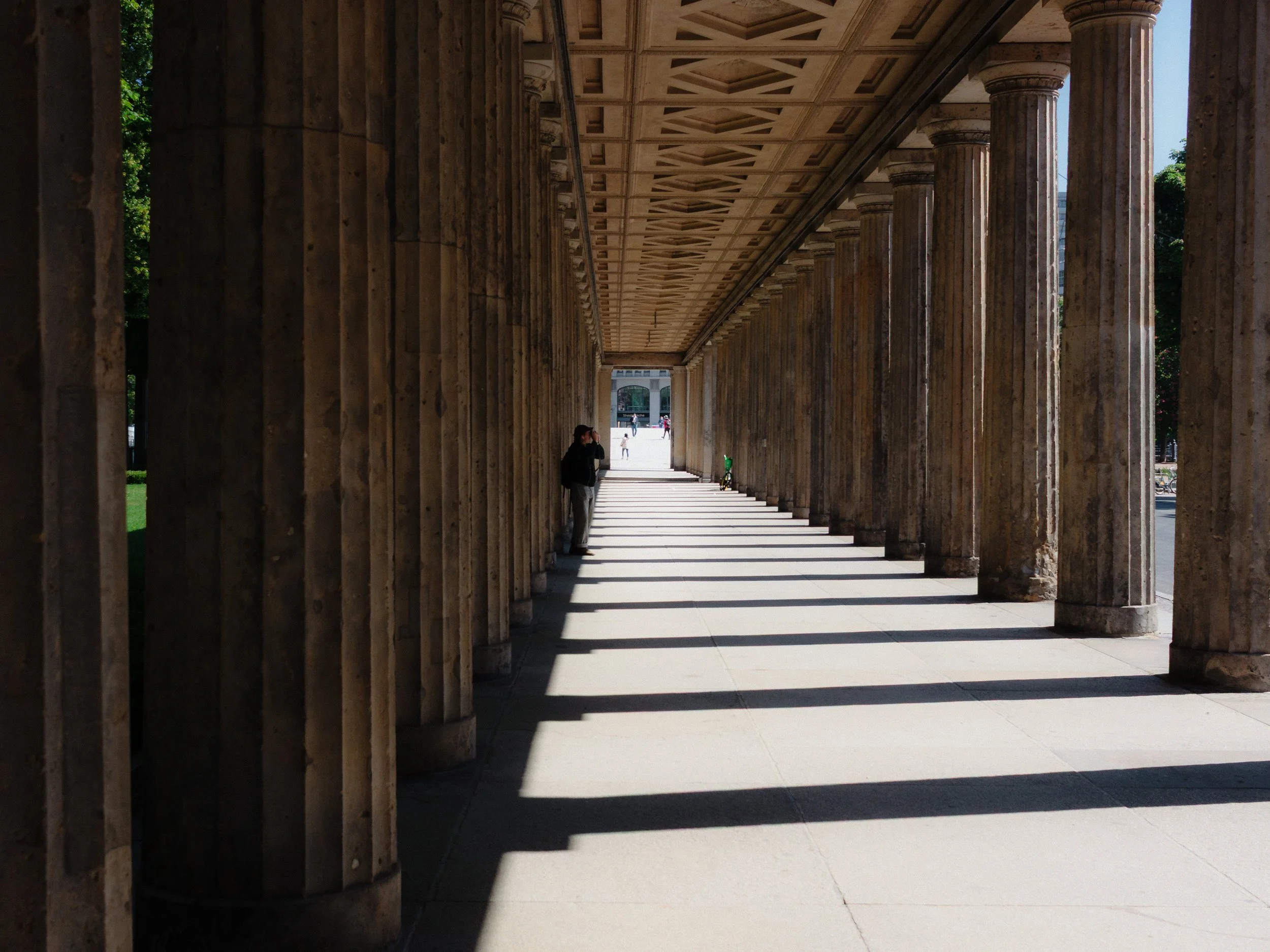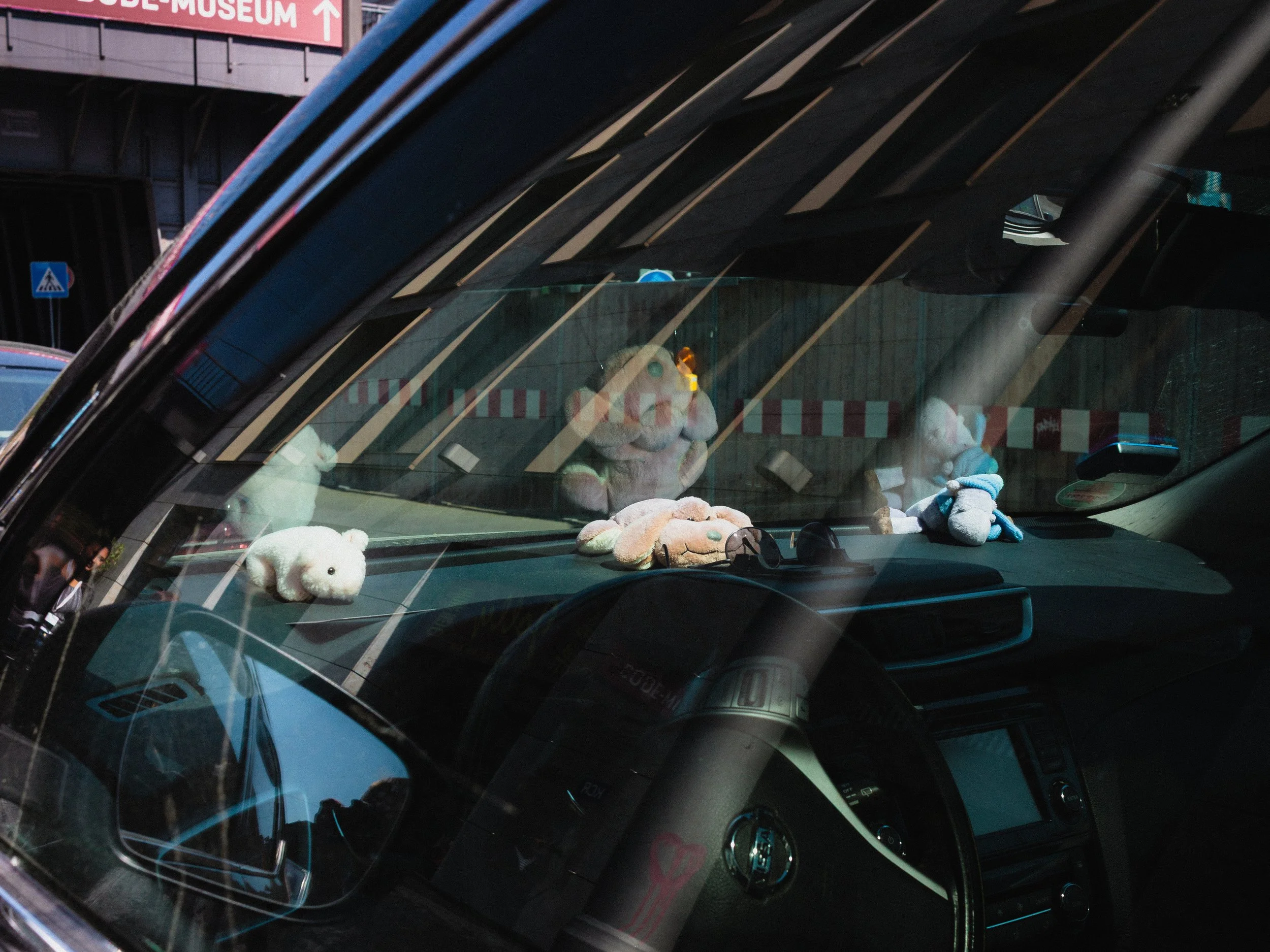What was Canon up to in 2009: Canon EOS 500D (Rebel T1i)
In the previous post here, we looked at Nikon’s final CCD DSLR released in 2009 — the Nikon D3000. Even though the D3000 is a very simple entry-level camera, I ended up liking it much more than expected, and in the last three months, I’ve been shooting with it more often than any other camera in my collection. That made me curious: what was Canon actually up to in the same year? And that brought me to the Canon 500D, or Rebel T1i — a camera that, at least on paper, looked like it was in another league: better sensor, better technology overall, more features, same compact body, and a similar price on the current market. So it should have been a clear winner, right?
Photography in 2009 and specs
The time around 2009 was a turning point in photography. Smartphones were just starting to get somewhat decent. Camera manufacturers still experimented a lot with different technologies. Mirrorless cameras were just starting to appear, and DSLRs were still the setup for anyone who wanted to take photography seriously — or at least get as close as possible.
The Canon 500D was a big deal. As I mentioned in the previous video, Canon pretty much skipped CCD technology, so this camera has a 15-megapixel CMOS sensor, ISO up to 12800, Live View, and — for the first time in a Rebel-series camera — full HD 1080p video. Compare this to Nikon, with its aging 10MP CCD sensor, no Live View, and no video, and you can see the two manufacturers had very different approaches to their cameras at the time. And again, Nikon’s specs were much worse on paper. But here’s the twist — I loved the D3000. Canon, not so much. So for me, Canon may have won the spec war, but Nikon won something else.
Initial reaction and kit lens
I bought my Canon 500D without a lens, so I initially went for the similar 18–55mm kit lens that I really liked with the Nikon D3000. But in Canon’s case, the kit lens is just honestly horrible. It feels much cheaper and more plasticky than the one from Nikon, lacks stabilization, and most importantly, I didn’t like the images it produced at all. RAW files felt very clinical; sharpness and colors were somewhat okay, but the rendering looked too digital for my taste. The JPEGs were even worse — especially in black and white — you could immediately tell this was an entry-level camera from 2009. So here, Nikon was the clear winner. And to be honest, I was about to give up immediately. But then I discovered Canon’s pancake primes — the tiny 24mm and 40mm f/2.8 lenses.
Pancake lenses are great
With these lenses, my experience improved significantly. The rendering turned out much better, and Canon’s colors showed their better side. I especially liked the Faithful profile in Lightroom. The focal lengths are great as well — since Canon’s APS-C cameras have a 1.6x crop, the 24mm lens gives you a field of view close to 40mm, which is my personal favorite, and the 40mm is about 65mm. Both lenses are insanely small, so the camera becomes very compact as well. The RAW files are very sharp and have decent room for editing, so the camera started to feel more modern than it actually is. I could absolutely see the appeal of Canon here.










Still more issues than positives
Still, there’s something about the experience of shooting with this camera that feels a bit off to me personally. Even starting with the shutter sound — clinical, digital, unpleasant — compared to the nice and clicky shutter of the Nikon. The body itself, even though comfortable with a nice grip, is a bit too polished and round for my taste. Also, the on/off switch is placed inconveniently, so shooting with one hand is a bit tricky. The Live View is probably nice to have in some situations, but since it uses a different focusing mechanism, it is very slow, so in reality, I wouldn’t use it. And the video is outdated by today’s standards — you can get better video quality on your phone. So in the end, even though this camera was objectively better than the Nikon in 2009, sixteen years later, I would still personally prefer the Nikon for the feel and experience.
If the question is whether you should get the Canon 500D in 2025 — my answer would be: maybe. If you want to focus on the results and have more room for post-editing while enjoying great compact lenses, the Canon 500D is a good choice. Especially if you are 100% sure of your motivation in photography. The only thing here is a potential issue I saw mentioned in a comment under one of my photos taken with this camera — the Canon 500D just doesn’t make you want to shoot. And you risk giving up on the hobby if your motivation isn’t strong enough.
Conclusion
What I like about using old cameras is that they sometimes teach you lessons — about yourself or about art in general — that are still important today. And for me, the big realization from this whole experience is that a camera is more than its specs. Having the latest technology and more megapixels doesn’t make you want to shoot more, or have a better time with photography. The Canon 500D might be a better camera on paper, and you could achieve better results with it compared to Nikon’s camera from the same year. But on a given day, if I just want to go out and have a good time with photography, I would choose Nikon. Or Pentax. Or any other camera that simply feels better to use.








